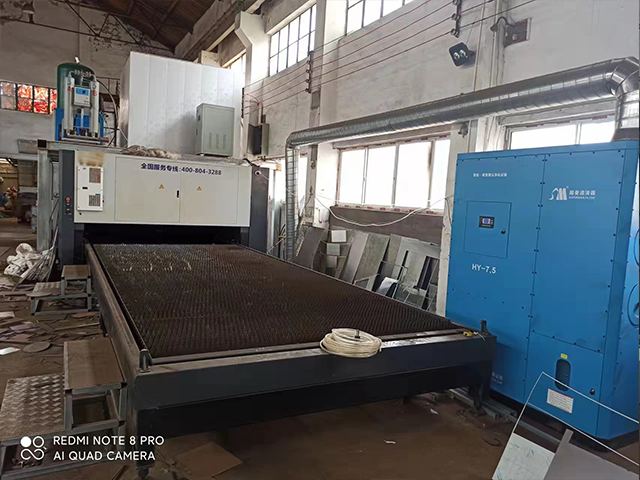The Principle of Laser Dust Collector: Understanding Its Functionality and Efficiency
Laser dust collectors are crucial equipment in industries where laser cutting, welding, or engraving processes are used. These machines effectively capture and filter out the harmful dust particles generated during these operations, ensuring a cleaner and safer work environment. Understanding the principle of laser dust collectors is essential for appreciating their functionality and efficiency.
The fundamental principle of laser dust collectors revolves around the use of a powerful suction system and a high-efficiency filter system. The suction system creates a negative pressure environment, drawing in the contaminated air containing dust particles generated by the laser process. This air is then directed towards the filter system for further treatment.

The filter system in a laser dust collector is designed to trap and remove the dust particles from the air. It typically consists of multiple layers of filters, each with a specific pore size and filtering capacity. As the air passes through these filters, the larger dust particles are captured at the initial stages, while the finer particles are trapped at the later stages.
One of the key components in the filter system is the HEPA (High-Efficiency Particulate Air) filter. HEPA filters are known for their ability to capture particles as small as 0.3 microns with an efficiency of 99.97% or higher. This ensures that even the finest dust particles are removed from the air, leaving it clean and safe for the work environment.
The captured dust particles are then collected in a dustbin or a bagging system. This allows for easy disposal and prevents the dust from escaping back into the work environment. Some laser dust collectors also feature an automatic cleaning mechanism, such as reverse air jet pulsing, which helps to maintain the filter's efficiency by periodically removing accumulated dust.
In addition to the suction and filter systems, laser dust collectors may also incorporate other features to enhance their performance. For example, some models feature a pre-separator that removes larger particles before they reach the filter, reducing the filter's workload and extending its life. Others may include temperature sensors and alarms that can detect any abnormal conditions and provide timely notifications.
The overall design and operation of laser dust collectors aim to achieve maximum dust removal efficiency while minimizing energy consumption and noise levels. This ensures that the equipment can be used continuously for long periods without affecting the work environment or the operator's comfort.
In conclusion, the principle of laser dust collectors lies in their ability to effectively capture and filter out the harmful dust particles generated during laser operations. Their powerful suction system, high-efficiency filter system, and other features contribute to their functionality and efficiency, making them a valuable asset for industries using laser equipment.